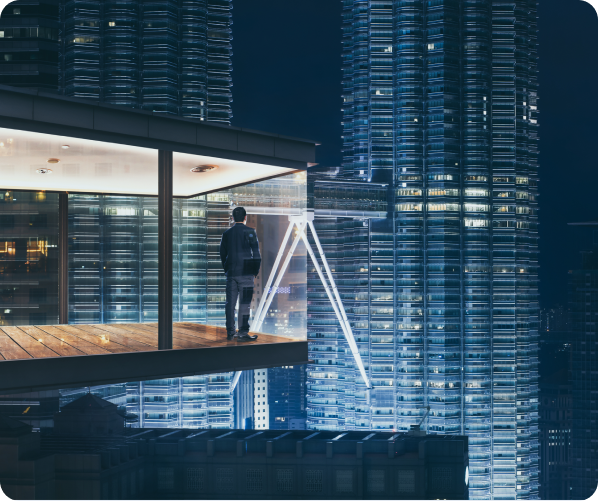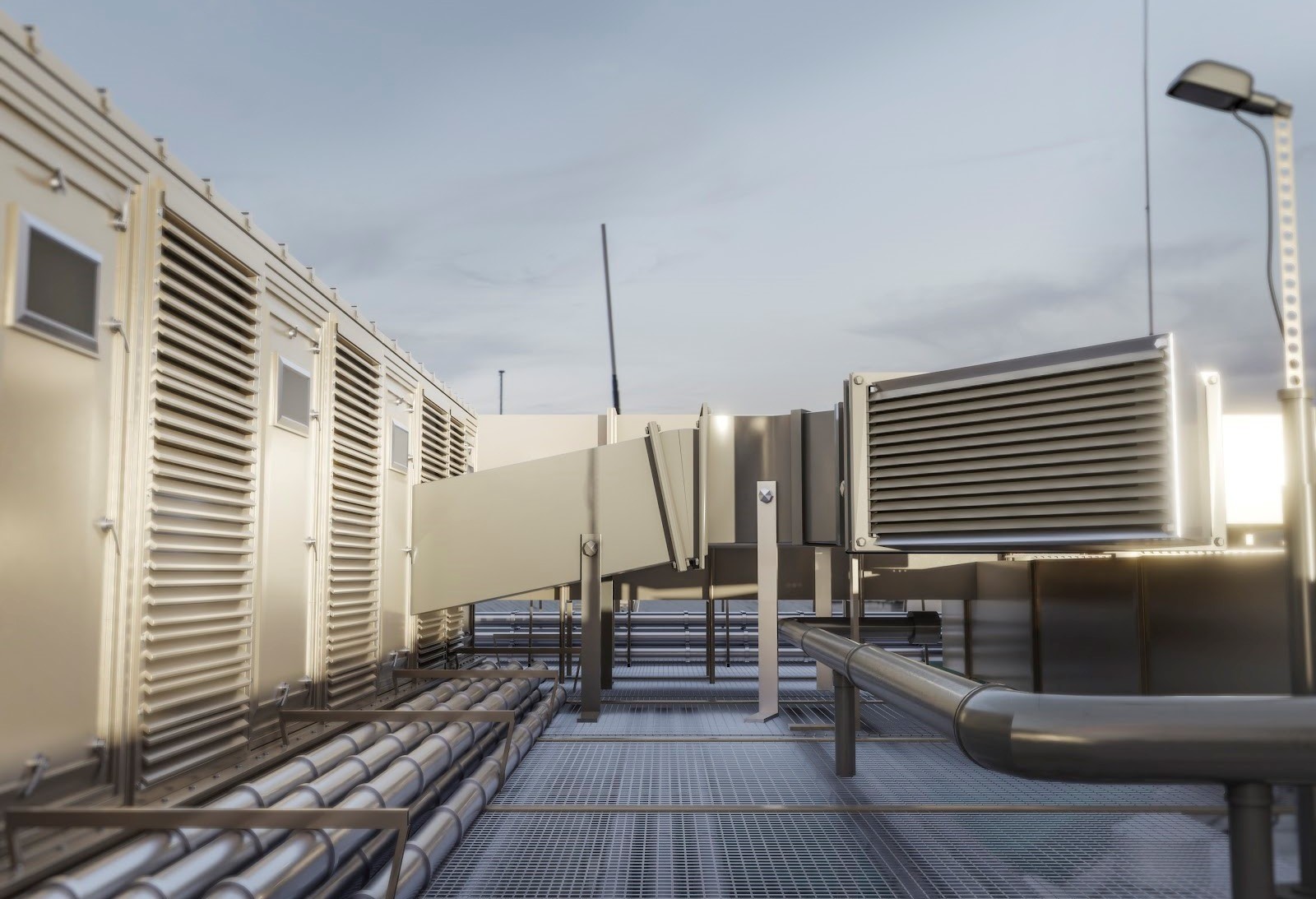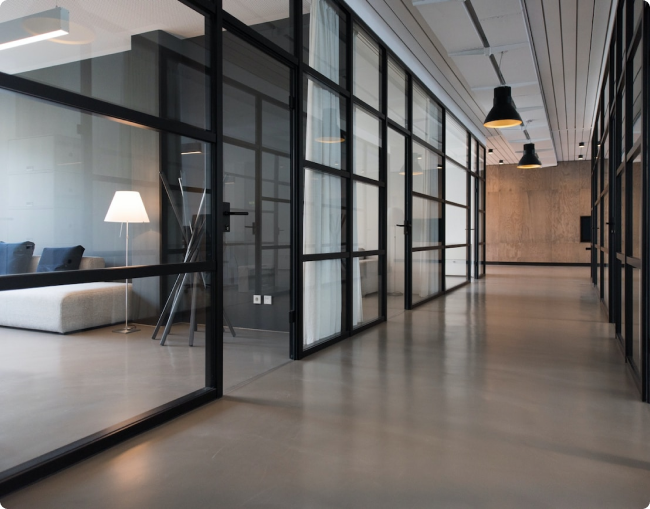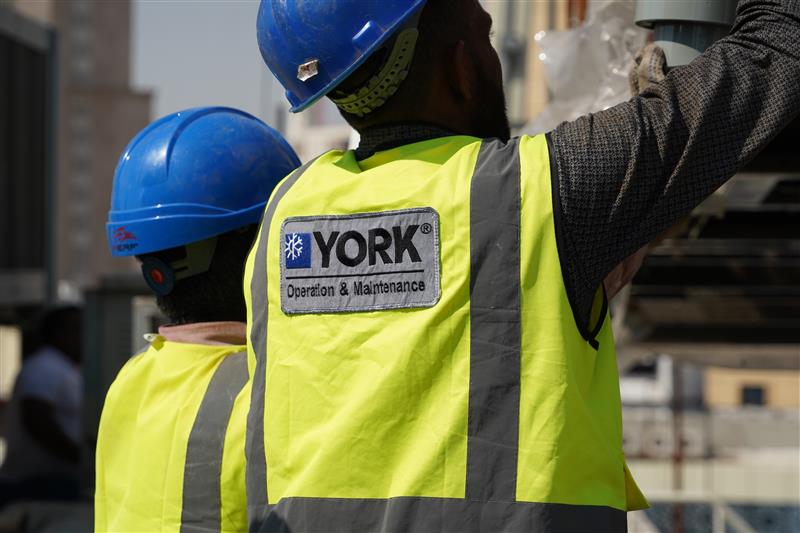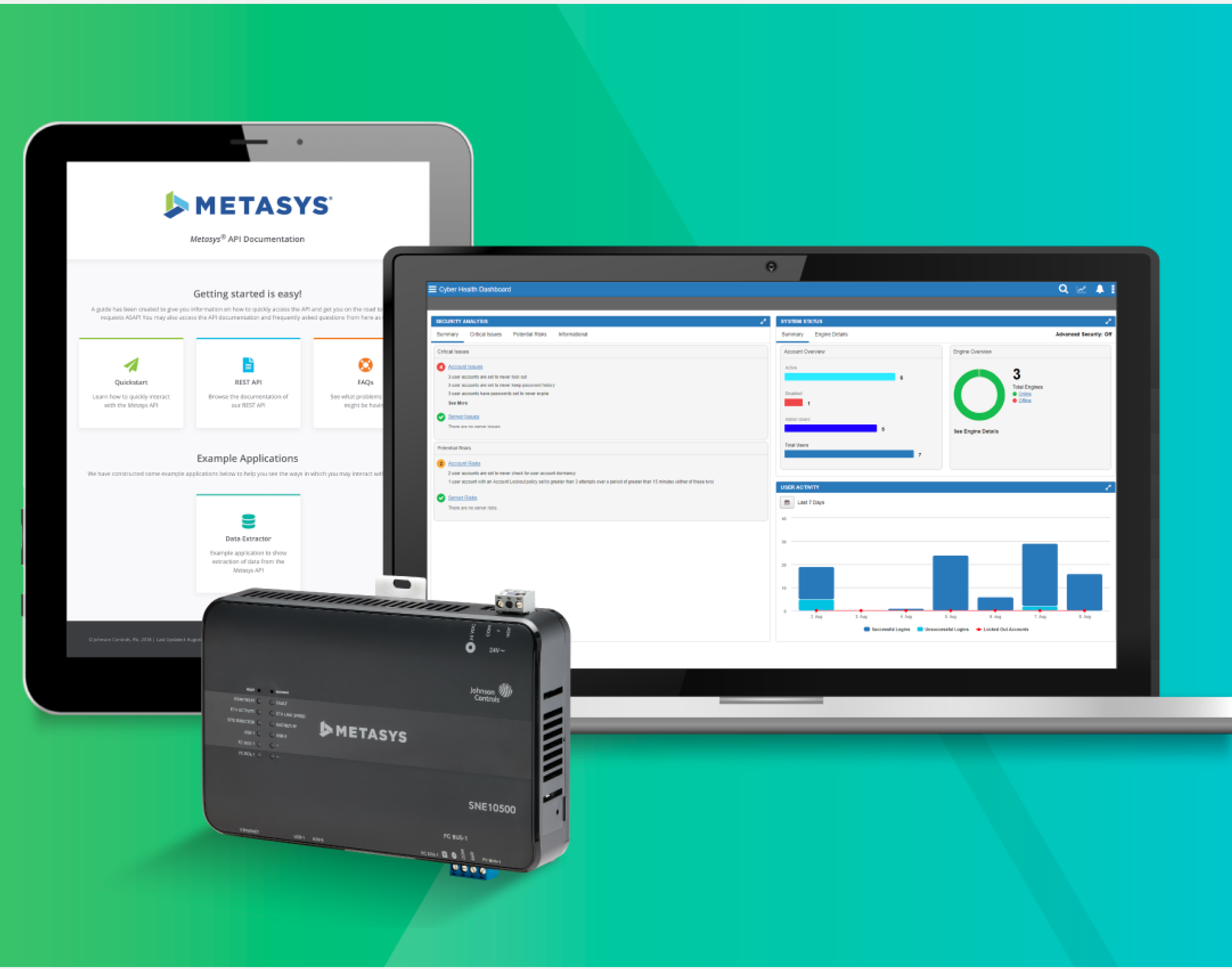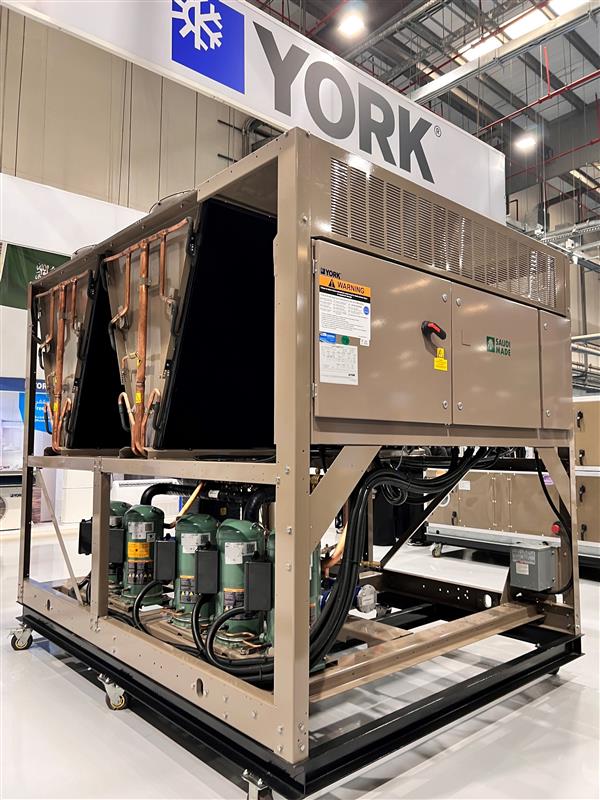Chillers are the backbone of cooling systems, designed to remove heat from a liquid, typically water or a refrigerant, to provide cooling for industrial, commercial, and residential buildings. Chillers are an essential part of HVAC systems and are widely used in manufacturing processes, medical facilities, and data centers . They operate on the principle of heat exchange, where heat is absorbed from the environment and released through air or water-cooled systems.
Understanding Chiller Systems
Choosing the right chiller for your facility is a critical decision that impacts efficiency, energy consumption, and overall operational costs. Air-cooled and water-cooled chillers are the two most common types, each offering distinct advantages and limitations. Understanding how they work and the factors that affect their performance can help facility managers make an informed decision.
Air-Cooled Chillers
Air-cooled chillers are commonly used in facilities where water availability is limited or where ease of installation is a priority. They are widely found in commercial buildings and small industrial facilities.
How Do They Work?
Air-cooled chillers use fans to cool refrigerant by passing air over condenser coils. This process releases heat, turning the refrigerant from gas to liquid. The cooled refrigerant then recirculates to absorb heat, maintaining continuous cooling.
Advantages of Air-Cooled Chillers
- - Ease of Installation: These chillers require minimal infrastructure since they do not need a cooling tower or water source, making them ideal for locations with limited water supply.
- - Lower Maintenance Requirements: Since air-cooled chillers don't require water systems or cooling towers, they generally have lower maintenance needs.
- - More Suitable for Small to Medium Facilities: They are ideal for facilities where cooling needs are moderate, such as small to medium-sized commercial buildings and offices.
- - Reduced Risk of Water Damage: Since they operate without water, there is no risk of leaks, scaling, or bacterial growth associated with cooling towers.
Limitations of Air-Cooled Chillers
- - Lower Efficiency in Hot Climates: Their efficiency drops in high-temperature environments since they rely on ambient air for cooling.
- - Higher Noise Levels: The fans used for heat dissipation generate noise, which may not be ideal for certain applications.
- - Higher Energy Consumption: Compared to water-cooled systems, air-cooled chillers tend to consume more electricity to achieve the same cooling effect.
Water-Cooled Chillers
Water-cooled chillers are often preferred for large-scale industrial and commercial facilities where efficiency and long-term operational savings are key concerns. They are particularly useful in facilities with high cooling demands and stable water supply.
How Do They Work?
Water-cooled chillers use water instead of air to remove heat from the refrigerant. Heat is transferred to a water loop, which is then cooled in a separate cooling tower. This system allows for more efficient heat dissipation.
Advantages of Water-Cooled Chillers
- - Higher Efficiency: These chillers are more energy-efficient, especially in large facilities, because water is a better heat conductor than air.
- - Longer Lifespan: Water-cooled chillers last longer than air-cooled models since they are typically installed indoors, shielding them from weather damage. Their efficient operation reduces strain on components, further extending lifespan.
- - Quiet Operation: Water-cooled chillers produce less noise since they do not require large fans for heat dissipation.
- - Better Performance in Hot Climates: Since water is used for heat exchange, these systems remain effective even in high-temperature environments.
Limitations of Water-Cooled Chillers
- - Higher Initial Costs: Installation costs are significantly higher due to the need for cooling towers, pumps, and extensive piping.
- - More Complex Maintenance: Regular water treatment is required to prevent scaling, corrosion, and bacterial growth in cooling towers.
- - Dependence on Water Supply: These systems require a consistent water source, making them unsuitable for areas with water shortage.
- - Additional Infrastructure Required: Cooling towers, water pumps, and piping add to the system's complexity and space requirements.
How to Choose the Best Chiller for Your Facility
Both air-cooled and water-cooled chillers serve essential roles in various industries. There is no definite right or wrong choice; selecting the most suitable option depends on evaluating the specific needs of your facility in terms of efficiency, cost, climate, and maintenance.
Facility Size and Cooling Demand
Water-cooled chillers are ideal for large industrial and commercial buildings with high cooling demands, whereas air-cooled chillers suit smaller facilities.
Climate Conditions
If the facility is located in a hot climate, water-cooled chillers perform better. On the other hand, in moderate climates, air-cooled chillers can be a cost-effective choice.
Chiller Efficiency vs. Installation Cost
Air-cooled chillers have lower upfront costs but may result in higher electricity expenses, while water-cooled chillers require higher initial investments but offer long-term energy savings.
Maintenance of Chillers
Facilities with staff experienced in water treatment and system maintenance may benefit from water-cooled chillers. For those with limited technical resources, air-cooled chillers are easier to manage.
Johnson Controls Arabia's Chiller Solutions
At Johnson Controls Arabia, we provide reliable cooling solutions with water-cooled and air-cooled chillers designed to offer efficiency, flexibility, and sustainability. Our units help reduce emissions and lower energy consumption, making operations more cost-effective and environmentally responsible. With a range of versatile chiller designs, we offer greater flexibility to meet the unique demands of various applications, including heating and cooling.
Contact us today to learn more about chiller solutions .



























